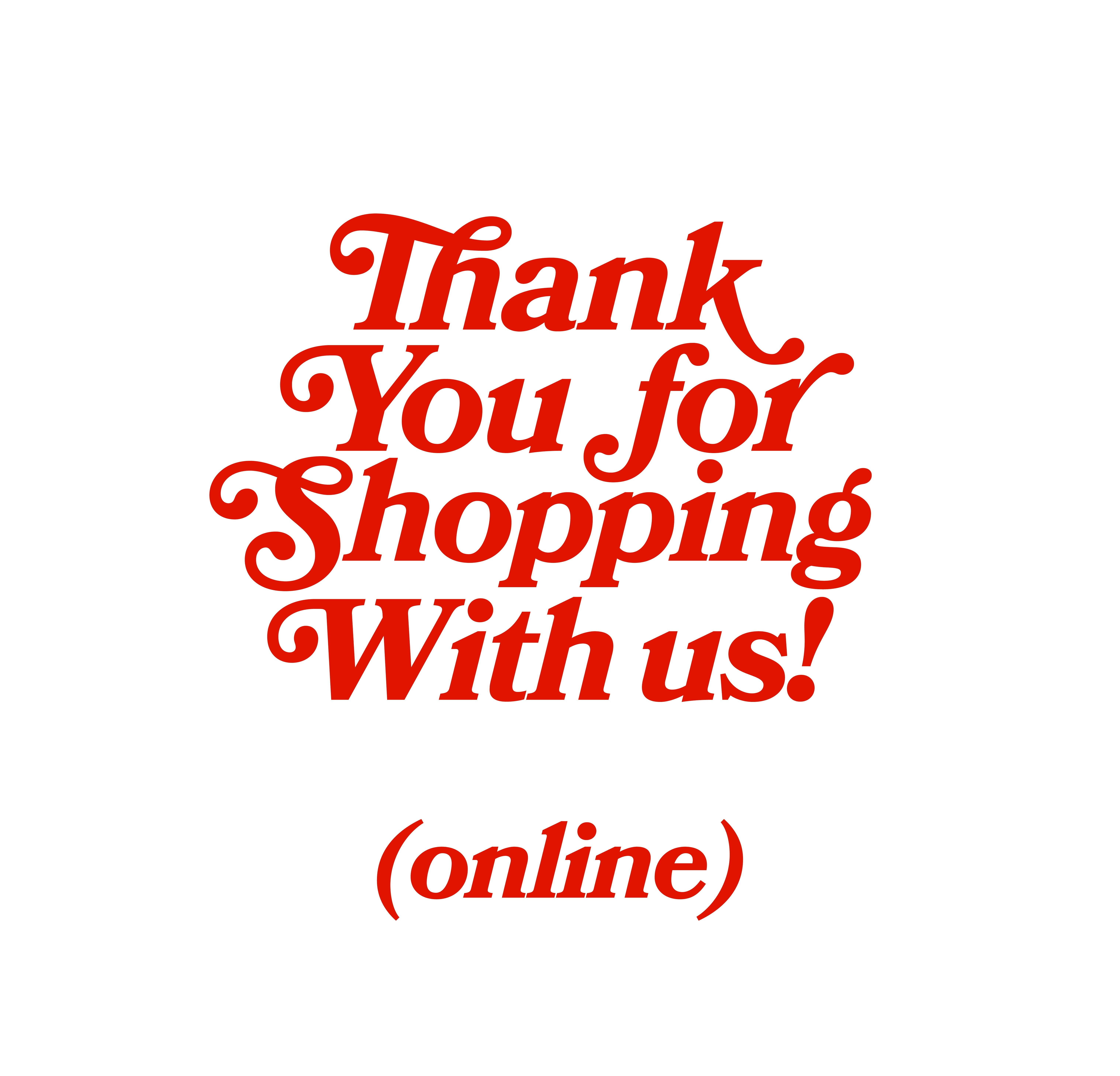Unlocking New Possibilities: How Shopifys B2B Features Empower Small Businesses

The Impact of Shopify’s New B2B Features on Small and Medium-Sized Enterprises
In the age of e-commerce, small and medium-sized enterprises (SMEs) are often caught in a whirlwind of change. It’s like trying to dance at a wedding where the DJ keeps switching genres. Just as you think you’ve got the Macarena down, suddenly it’s a slow jam, and you’re left awkwardly swaying. Enter Shopify’s new B2B features, a game-changer for SMEs looking to ride the e-commerce wave without wiping out.
What Are B2B Features, Anyway?
B2B, or business-to-business, refers to transactions conducted between one business and another. Think of it as the “big kids’ table” of commerce. Shopify’s new features are designed to help businesses manage their wholesale operations more efficiently. This means that SMEs can now sell to other businesses directly through their Shopify store, making the transition from B2C (business-to-consumer) to B2B smoother than a fresh jar of Nutella.
Boosting Revenue Streams
Imagine this: you’re a small artisanal soap maker. You’ve got customers flocking to your online store, but what if a local boutique wants to stock your soaps? With Shopify’s B2B features, selling in bulk to that boutique becomes as easy as pie (or soap, in this case). By enabling SMEs to tap into wholesale markets, Shopify is essentially opening up another revenue stream. And who doesn’t love a little extra cash in their pocket?
Key Features of Shopify’s B2B Functionality
- Wholesale Channel: Create a separate storefront just for your wholesale customers. This way, you can offer them special pricing without confusing your retail customers.
- Customer Segmentation: Easily manage different pricing tiers for various customer groups. This means you can offer a discount to your best customers without having to break the bank.
- Order Management: Streamlined order processing means less time spent on paperwork and more time for you to perfect your soap-making skills (or whatever it is you do).
- Payment Options: Flexible payment terms for B2B transactions make it easier for your clients to do business with you. No one likes being hit with a bill right after a purchase — let’s keep the love alive!
Why SMEs Should Embrace B2B Features
Adopting B2B features isn’t just about increasing sales; it’s about evolution. The market is changing, and businesses must change with it. Here are a few reasons why SMEs should jump on the B2B bandwagon:
- Stay Competitive: As larger companies adopt these features, it’s crucial for SMEs to keep up. Otherwise, they risk being left in the dust, like that one guy who insists on wearing cargo shorts to a fancy restaurant.
- Build Relationships: B2B transactions often lead to long-term partnerships. Building solid relationships with other businesses can lead to repeat orders, referrals, and a whole lot of warm fuzzies.
- Access to Bulk Buyers: Many businesses prefer to buy in bulk. By offering wholesale options, SMEs can tap into this lucrative market, giving them an edge over those who only sell retail.
Challenges SMEs Might Face
Of course, every rose has its thorn. While the benefits of Shopify’s B2B features are undeniable, there are some challenges that SMEs must navigate:
- Initial Setup Time: Transitioning to a B2B model can take time and effort. Think of it like assembling IKEA furniture — frustrating at times, but totally worth it in the end.
- Managing Relationships: Building and maintaining relationships with B2B clients requires a different approach than retail customers. You might find yourself in more meetings and less “just checking in” emails.
- Price Sensitivity: B2B customers often expect lower prices. SMEs must find the right balance between profitability and competitiveness.
How to Make the Most of Shopify’s B2B Features
Now that we’ve established the pros and cons, let’s talk about how to maximize these new features:
- Market Research: Understand your target B2B customers. What do they want? What are their pain points? This is your chance to differentiate yourself.
- Leverage Social Proof: Use testimonials and case studies to attract new B2B clients. If other businesses love your products, potential clients will feel more confident in choosing you.
- Use Automation Tools: Managing multiple channels can be overwhelming. Tools like autoBlogger can help automate content creation, making it easier to keep your wholesale customers informed and engaged.
Success Stories
Let’s sprinkle in some inspiration! There are plenty of SMEs that have successfully navigated the B2B waters using Shopify’s features:
Take “Local Brew Co,” for instance. They started as a small craft brewery selling directly to consumers. Once they transitioned to a B2B model, they began selling kegs to local bars and restaurants. Their revenue doubled in just a year! They also found that building relationships with local businesses led to unique collaborations, like custom brews for special events.
Then there’s “Artisan Candles,” who took the plunge and created a wholesale section on their Shopify store. They quickly secured contracts with local gift shops, increasing their visibility and sales. Plus, they got to enjoy the smell of their own product wafting through the air while they counted their profits.
Final Thoughts
In conclusion, Shopify’s new B2B features present a golden opportunity for small and medium-sized enterprises to diversify their revenue streams, build lasting relationships, and stay competitive in an ever-evolving market. Sure, there might be some bumps along the way, but with the right strategy and a little humor, SMEs can dance their way to success in the B2B arena.
So, if you’re ready to take the plunge and explore the world of B2B, don’t forget to check out tools like autoBlogger to help streamline your content creation and keep your clients engaged. Happy selling!
Note, this article was written with AI assistance to improve readability and give you, the reader, a better experience! :)
